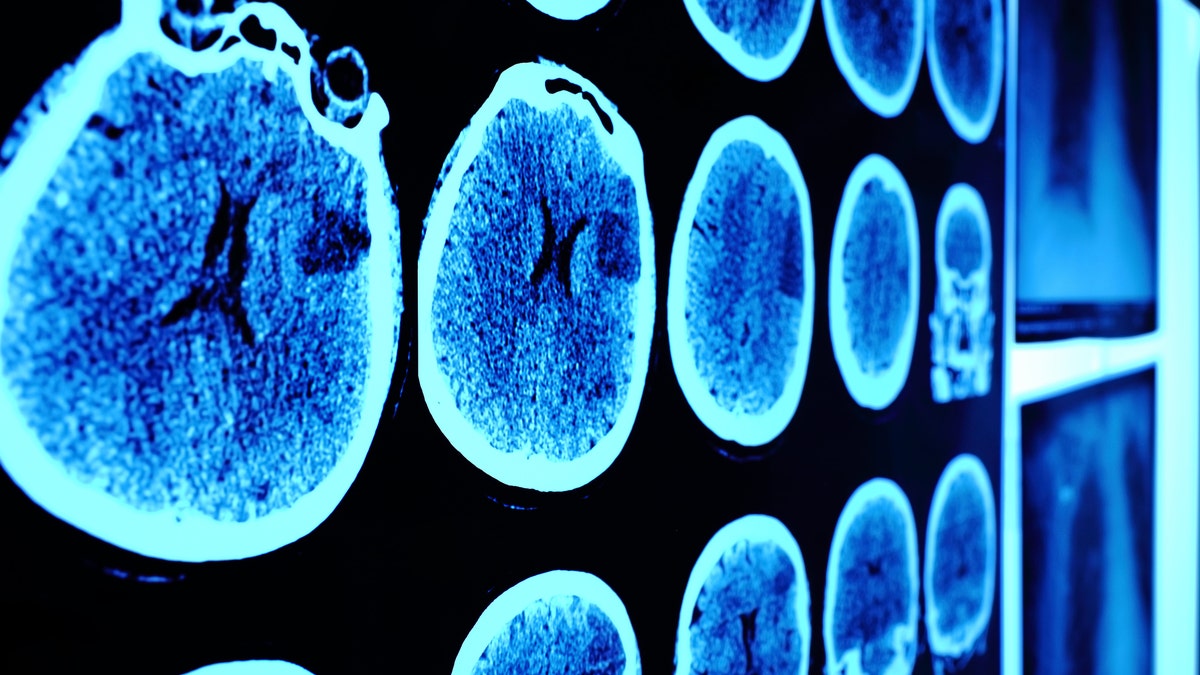
CT scans of skulls. (iStock)
Research trials of new treatments for stroke often face a slow process of finding subjects, and the current recruitment rate is lower than 25 years ago, according to a recent study.
Without enough participants, trials may run slowly or lose funding, which limits the possibility of developing new treatments for stroke, researchers write in the journal Stroke.
"There have been a number of recent efforts to improve recruitment, and we felt that it was important to understand whether these efforts were working," lead author Dr. William Feldman of Brigham and Women's Hospital in Boston said by email. "We found that recruitment has not improved and, if anything, may be declining."
Because strokes need to be treated quickly after they occur, researchers have only a few hours to recruit patients for studies, which can make the process very difficult, he said. Patients also might not be able to provide their consent because their stroke has caused cognitive impairment.
To track the rate of recruiting stroke study subjects over time, the study team searched three medical databases and a stroke trials registry for randomized controlled trials of stroke treatments.
The team identified 10 hospital-based studies between 2010 and 2014 of various interventions for ischemic strokes, which are caused by blood clots and are the most common type of stroke.
The researchers calculated how many participants enrolled in the trials each month and compared this rate with that of 32 trials conducted between 1990 and 2004. The average number of study sites and participants were similar across the two time periods.
Between 1990 and 2004, the median rate of recruitment was about one participant every 2.5 months for each site and about 27 participants per month across all the study sites.
In the 2010-2014 studies, the rate of recruitment was one participant every four months for each site and 19 per month across all the sites.
Older trials were more likely to use clot-busting drugs while new trials were more likely to test techniques for physically removing of clots, known as endovascular therapy.
Possible explanations for these trends include the fact that there has been an increase in community hospitals designated as primary stroke centers, the authors write. That may mean fewer patients are being transferred to academic hospitals, where most clinical trials take place.
Stroke trial protocols may also have become more complex over the years, which can make finding participants more difficult. Finally, stroke treatment sites may be shifting funding more toward medical care for strokes and away from research, the authors speculate.
"New treatments only come from clinical trials. If we don't successfully recruit suitable patients, then we cannot move forward," said Dr. Scott Kasner of the University of Pennsylvania in Philadelphia who studies stroke research recruiting but was not involved in the study.
Patients may also prefer to choose their own treatment, as opposed to being assigned a treatment through a research trial, Kasner added.
"Recruitment in acute stroke trials is not improving. We need more timely completion of clinical trials to develop therapies that will reduce the debilitating consequences of strokes," Feldman said.
"If you or a loved one has a stroke, don't accept standard therapy as enough - ask about additional clinical trial opportunities!" Kasner said by email.
